Half of Africa takes on riskier debt as growth slows in 2018
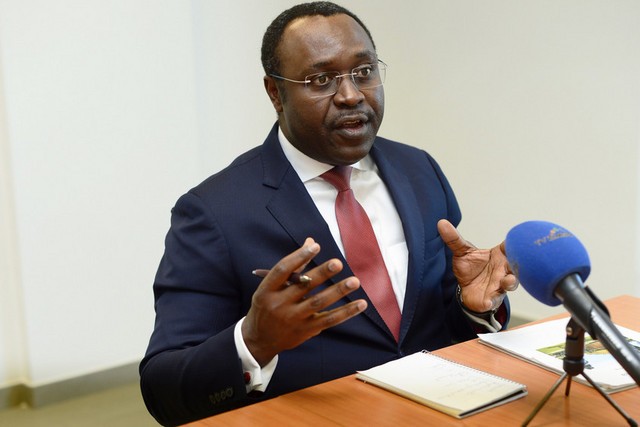 Dr. Zeufack said there is need to improve regulatory frameworks to encourage competitiveness, investing in digital entrepreneurship and digital platforms.
Dr. Zeufack said there is need to improve regulatory frameworks to encourage competitiveness, investing in digital entrepreneurship and digital platforms.
April 10—The external debt of nearly half of the countries in sub-Saharan Africa, covered under the Low-Income category, has shifted from traditional, concessional, publicly-guaranteed sources to more private, market-based, and expensive sources of finance.
According to the April 2019 issue of the Africa’s Pulse, this is putting them at high risk of debt distress, more than double the number in 2013.
‘It is not just the growing amount of debt, but also the type of debt that countries are taking on that is leading to widespread vulnerabilities,’ the report states.
The bi-annual analysis report of the African economies published by the World Bank, states that GDP growth in 2018 was at a lower-than-expected 2.3%, but this is expected to rebound to 2.8% in 2019. But will still be lower than the 3 percent recorded during 2015.
On the other hand, non-resource-intensive economies such as Kenya, Rwanda, Uganda, and several in the West African Economic and Monetary Union, including Benin and Côte d’Ivoire recorded solid economic growth in 2018. The World Bank has recommended digital transformation as a way of overcoming subdued growth.
In a telecast early this week, Dr. Albert G. Zeufack, the World Bank’s Chief Economist for Africa said, “Digital Transformation can increase growth by two percentage points and reduce poverty by one point annually.”
However currently only 27 pc of the population have access to the Internet, although, Africa is still a global leader in mobile money transactions with one out five people in Africa having access to mobile money services.
The report notes that the three largest African economies—Nigeria, Angola and South Africa—play a big role in the region’s growth. While Nigeria grew faster in 2018 than in 2017, thanks to a modest pick-up in the non-oil economy, growth remained below 2%. Angola continued its recession, with growth falling sharply as oil production stayed weak. South Africa came out of recession in the third quarter of 2018, but growth was subdued mostly due to policy uncertainty weakening investor confidence.
Dr. Zeufack said, “What African states need to do, is to put in place better physical infrastructure to increase broadband connectivity. This will in the long run increase internet access and thereby reducing the cost of internet which is still way too high compared to the global costs. There is also need to improve regulatory frameworks to encourage competitiveness, investing in digital entrepreneurship and digital platforms among others.”
Low growth in just a handful of fragile countries costs the continent more than half a percentage point of growth per year, the report finds. That is 2.6 percentage points over five years. The report recommends countries focus on building state capacity and strong institutions that secure peace and stability, as well as deliver better services to their people to rebuild the social and economic foundation needed for a successful future.
Cesar Calderon, Lead Economist and lead author of the Pulse said, “As the nature and the causes of fragility evolve, the approach to overcome it becomes more complex. It increasingly requires collective solutions. Regional and sub-regional institutions are needed to address peace and security challenges as well as economic shocks that spill over national borders.”
The report also highlights the opportunities on the horizon for Sub-Saharan Africa, including the digital revolution. The continent is at an important inflection point of demand for and support for the digital transformation, and the African Union recently endorsed the aspiration that every individual, business, and government across the African continent will be connected to the internet and can reap the benefits. This can pay huge dividends in terms of inclusive growth, innovation, job creation, service delivery, and poverty reduction in Africa.
In sub-Saharan Africa alone, the digital revolution can increase growth by nearly two percentage points per year and reduce poverty by nearly one percentage point per year.

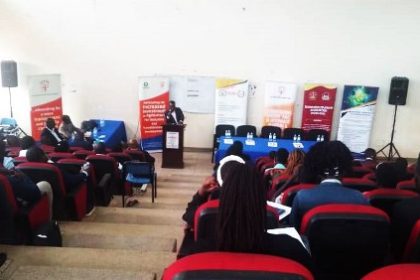 CSBAG roots for increased funding for renewable energy
CSBAG roots for increased funding for renewable energy
 Dr Suruma pushes radical social agenda for Uganda’s oil revenues
Dr Suruma pushes radical social agenda for Uganda’s oil revenues
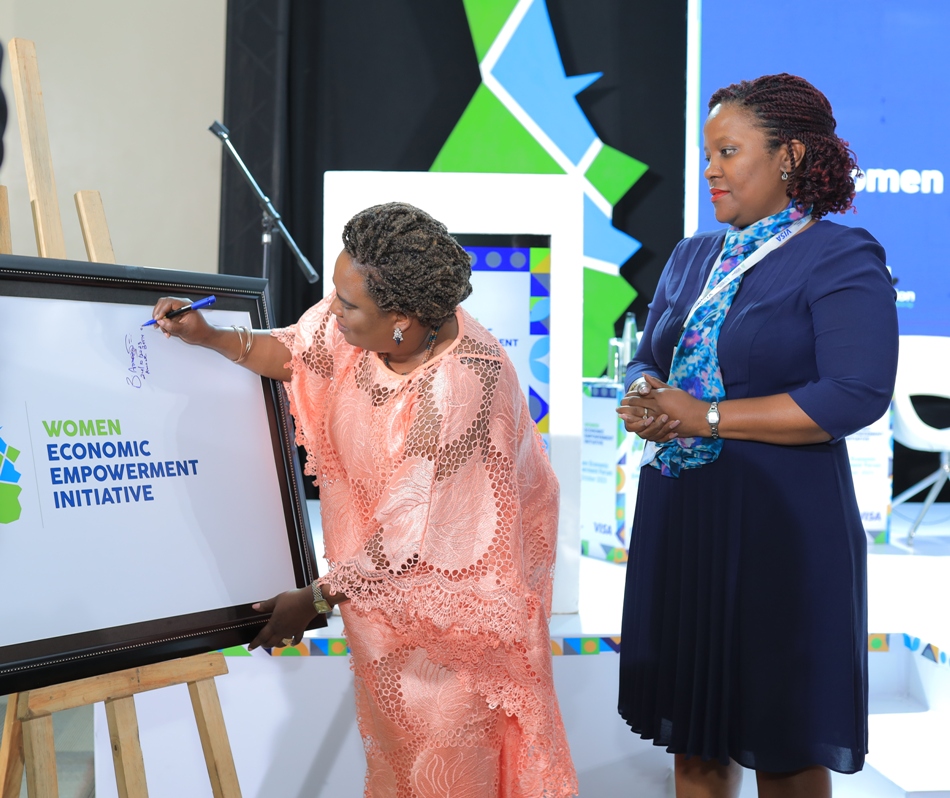 Bankers association launches program for women financial empowerment
Bankers association launches program for women financial empowerment
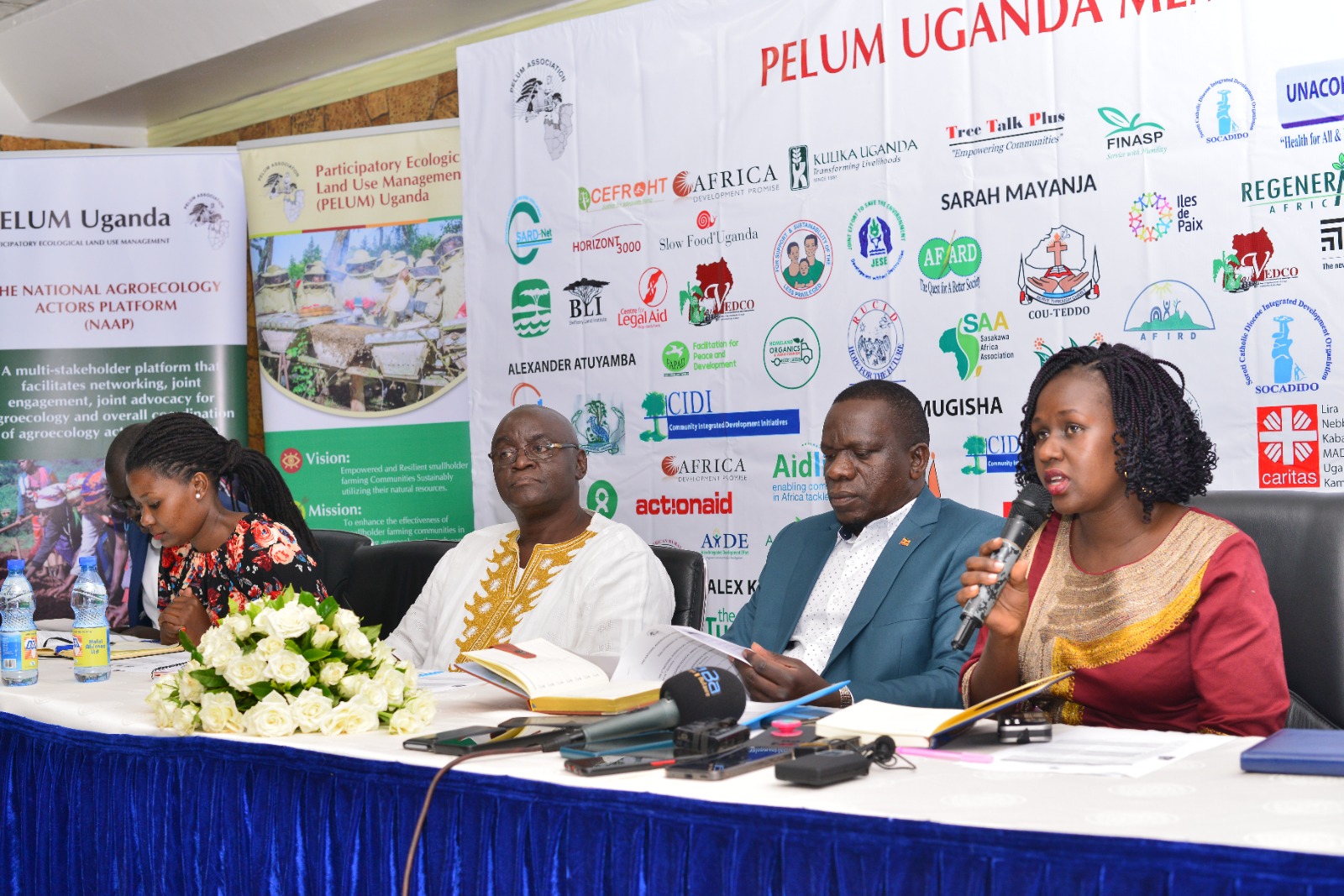 Uganda government and PELUM find common ground on pathways to zero-hunger
Uganda government and PELUM find common ground on pathways to zero-hunger
 Ethical legal practice key to sustaining Uganda’s economic transformation lawyers told
Ethical legal practice key to sustaining Uganda’s economic transformation lawyers told
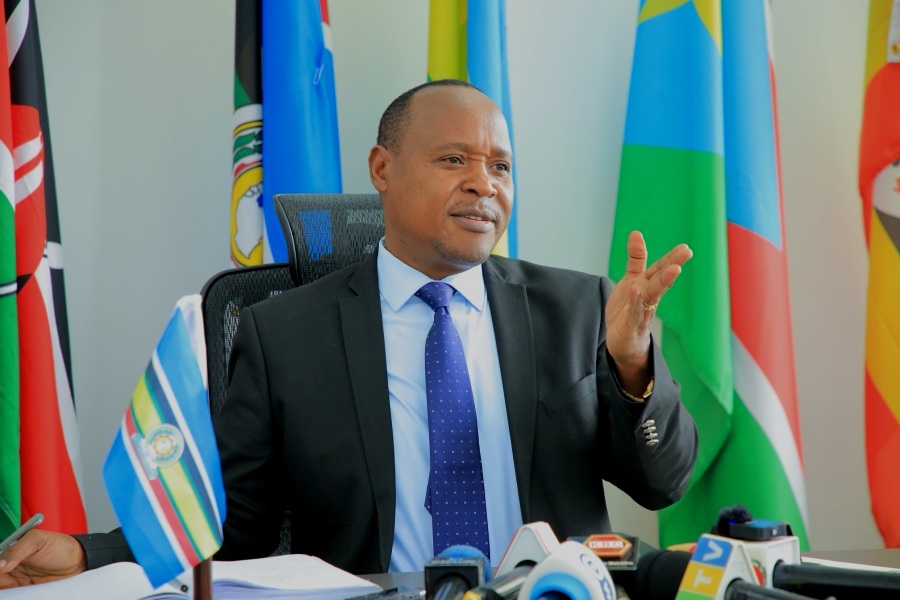 Increased regional trade hindered by NTBs as EAC bloc aims for single currency
Increased regional trade hindered by NTBs as EAC bloc aims for single currency
